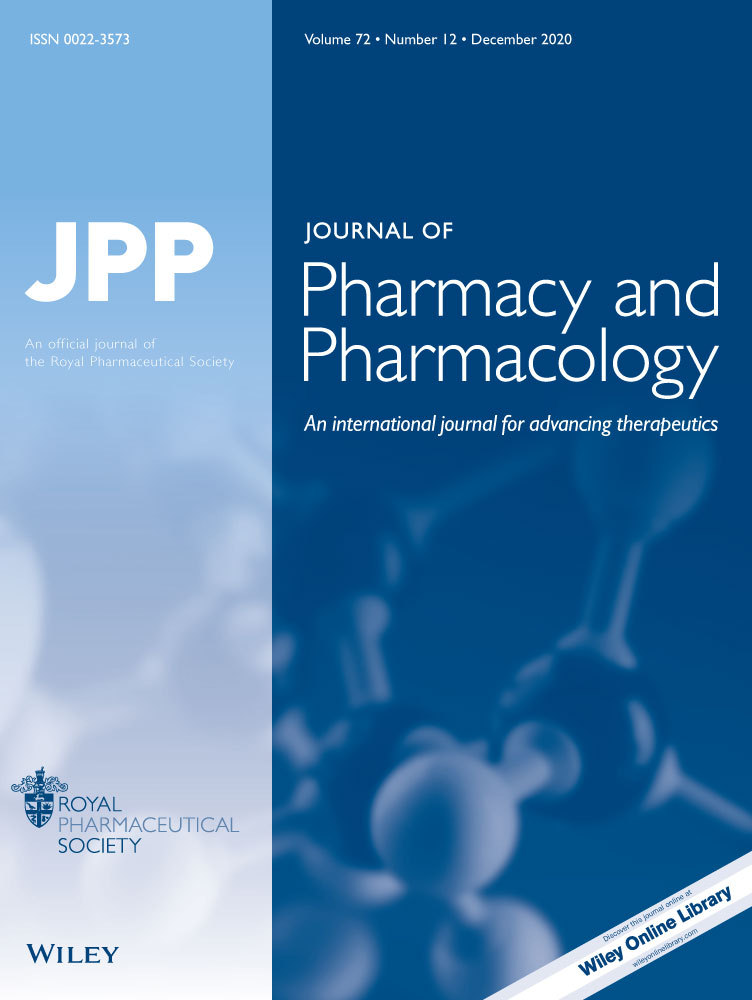The Effect of Dinoprost on Transport of Water and Imipramine Through Rat Small Intestinal Membranes
Abstract
Abstract— The relation between transmucosal fluid movement and its effect on absorption and exsorption of imipramine was studied with the in-situ single-pass perfusion technique in rats. Dinoprost (prostaglandin F2α, PGF2α) caused a dose-related inhibition of both absorption and secretion of water across the intestinal membrane. When PGF2α was infused at a rate of 5 μmol kg−1 h−1, the absorption rate of water decreased from 51·7 to 21·5 mL h−1 and the secretion rate decreased from 48·9 to 26·8 mL h−1. Net water flux changed from net water absorption (0·9 mL h−1)tonet water secretion (5·33 mL h−1) by infusion of PGF2α. However, absorption and exsorption of imipramine were little affected by infusion of PGF2α. The absorption rates of imipramine were 3·03 and 2·36 mg h−1 in the absence and presence of PGF2α, respectively. Furthermore, the average amounts of imipramine exsorbed into the intestinal lumen in 2 h were 7·82 and 8·10% in the absence and presence of PGF2α, respectively. Infusion of PGF2α, also enhanced motility of the small intestine compared with the control. From these results, it appears that PGF2α has no effect on the absorption and exsorption of imipramine across the intestinal membrane although it is reasonable to use PGF2α in the case of patients with overdoses of drugs which decrease gastrointestinal motility.




